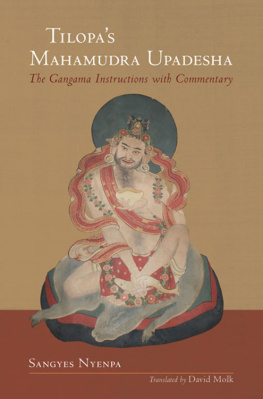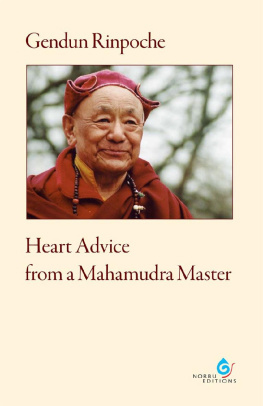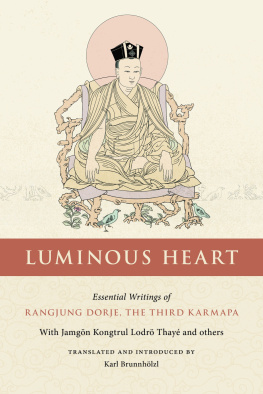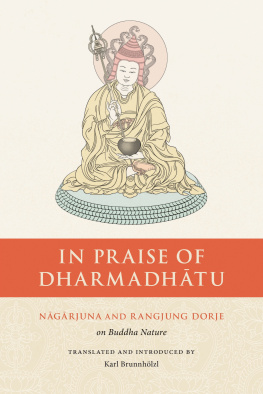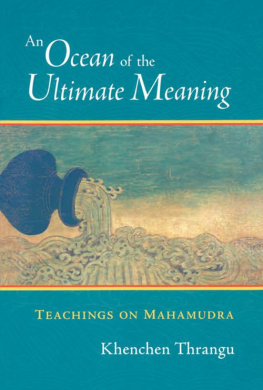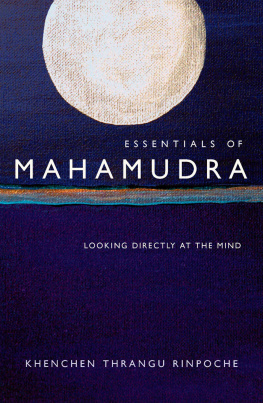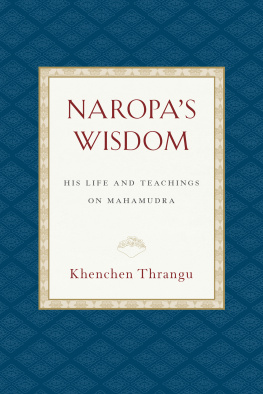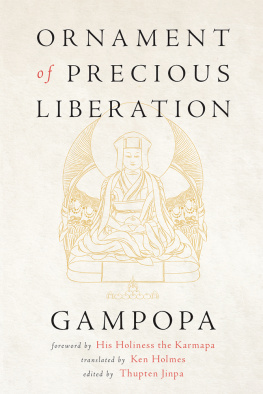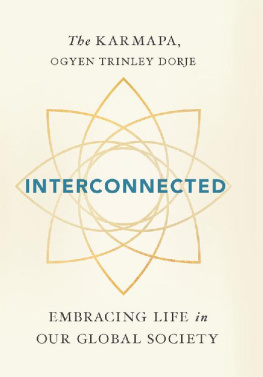Ruth Gamble - The Third Karmapa Rangjung Dorje: Master of Mahamudra (Lives of the Masters)
Here you can read online Ruth Gamble - The Third Karmapa Rangjung Dorje: Master of Mahamudra (Lives of the Masters) full text of the book (entire story) in english for free. Download pdf and epub, get meaning, cover and reviews about this ebook. year: 2020, publisher: Shambhala, genre: Religion. Description of the work, (preface) as well as reviews are available. Best literature library LitArk.com created for fans of good reading and offers a wide selection of genres:
Romance novel
Science fiction
Adventure
Detective
Science
History
Home and family
Prose
Art
Politics
Computer
Non-fiction
Religion
Business
Children
Humor
Choose a favorite category and find really read worthwhile books. Enjoy immersion in the world of imagination, feel the emotions of the characters or learn something new for yourself, make an fascinating discovery.
- Book:The Third Karmapa Rangjung Dorje: Master of Mahamudra (Lives of the Masters)
- Author:
- Publisher:Shambhala
- Genre:
- Year:2020
- Rating:5 / 5
- Favourites:Add to favourites
- Your mark:
- 100
- 1
- 2
- 3
- 4
- 5
The Third Karmapa Rangjung Dorje: Master of Mahamudra (Lives of the Masters): summary, description and annotation
We offer to read an annotation, description, summary or preface (depends on what the author of the book "The Third Karmapa Rangjung Dorje: Master of Mahamudra (Lives of the Masters)" wrote himself). If you haven't found the necessary information about the book — write in the comments, we will try to find it.
Ruth Gamble: author's other books
Who wrote The Third Karmapa Rangjung Dorje: Master of Mahamudra (Lives of the Masters)? Find out the surname, the name of the author of the book and a list of all author's works by series.
The Third Karmapa Rangjung Dorje: Master of Mahamudra (Lives of the Masters) — read online for free the complete book (whole text) full work
Below is the text of the book, divided by pages. System saving the place of the last page read, allows you to conveniently read the book "The Third Karmapa Rangjung Dorje: Master of Mahamudra (Lives of the Masters)" online for free, without having to search again every time where you left off. Put a bookmark, and you can go to the page where you finished reading at any time.
Font size:
Interval:
Bookmark:
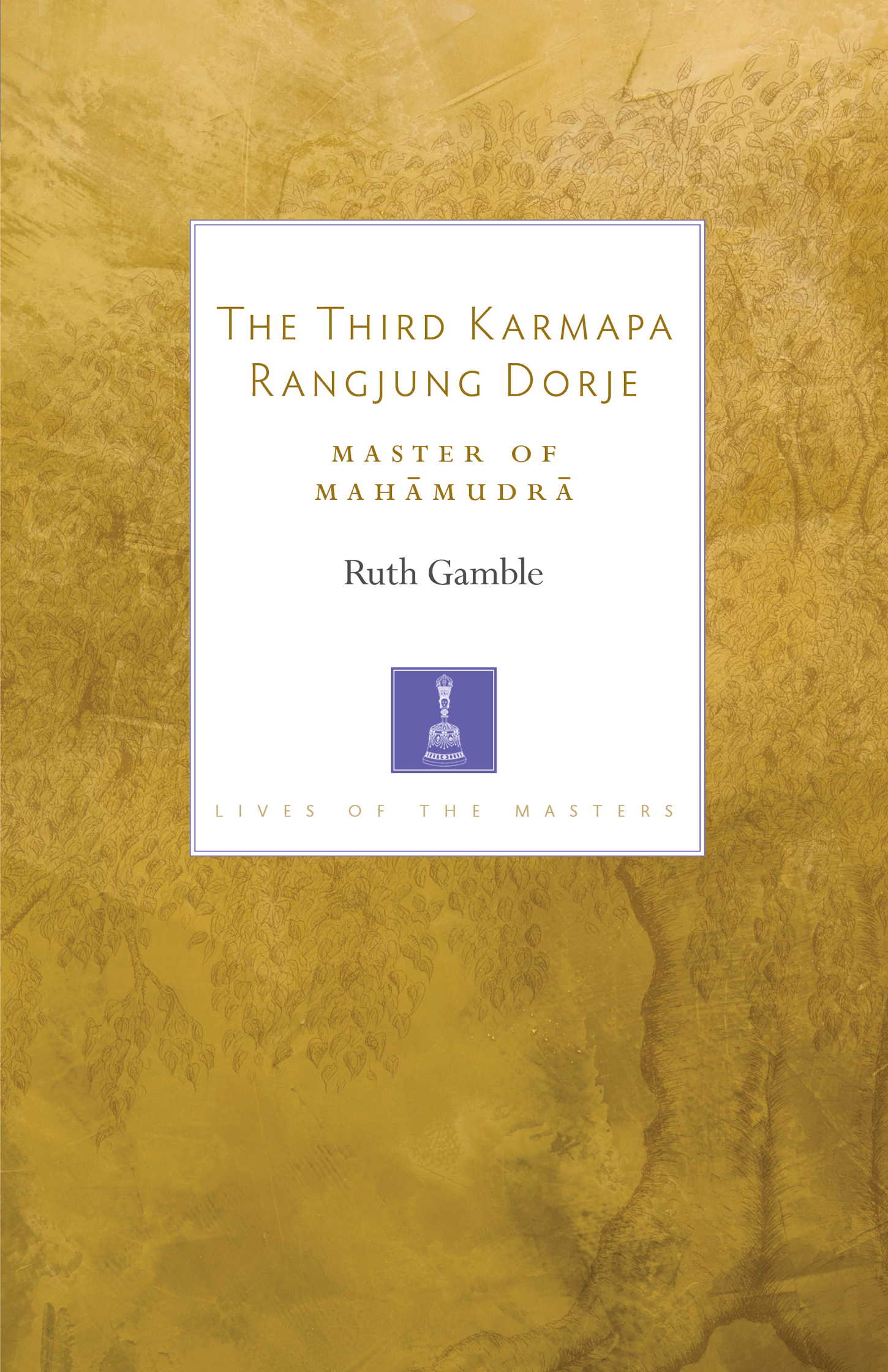
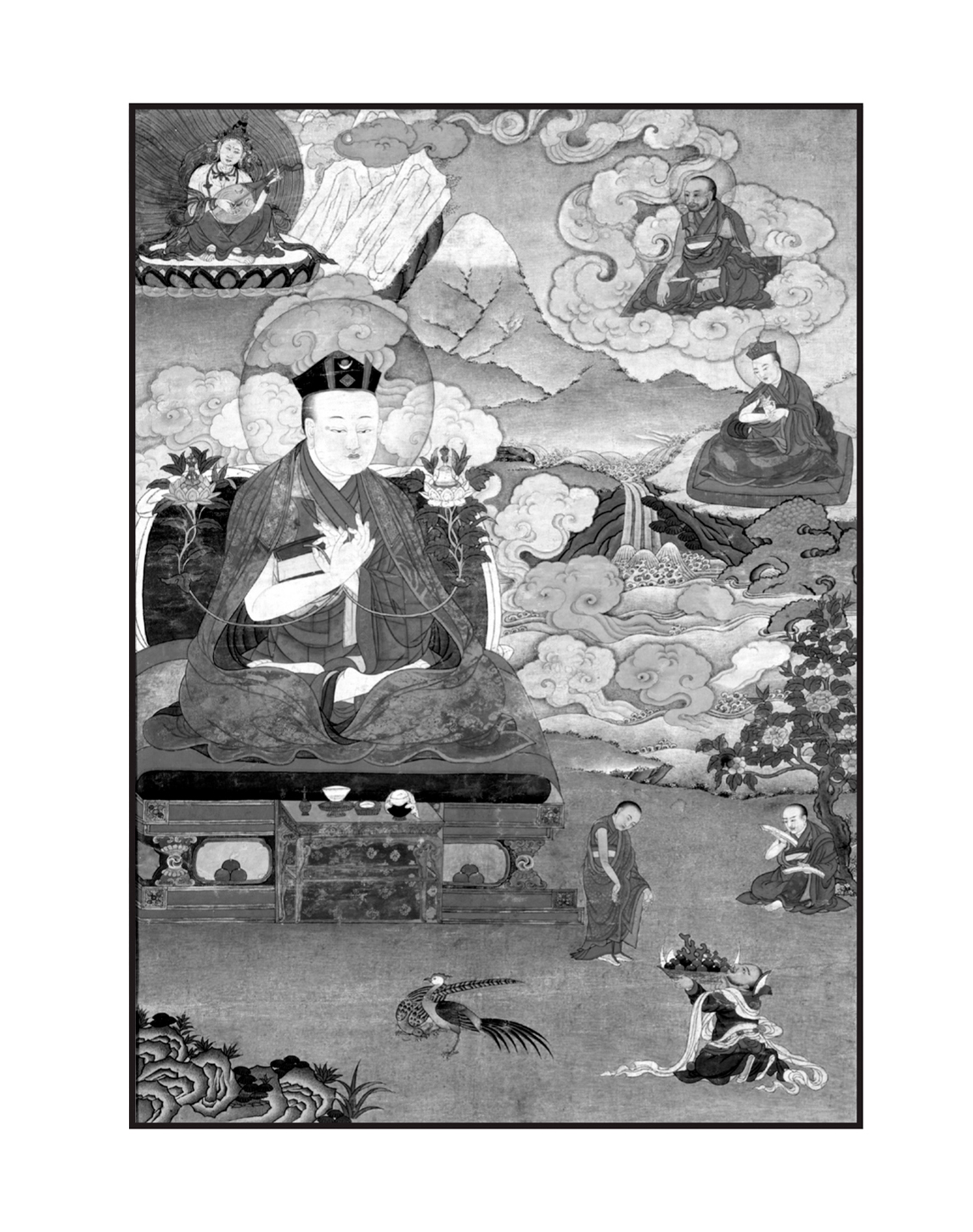
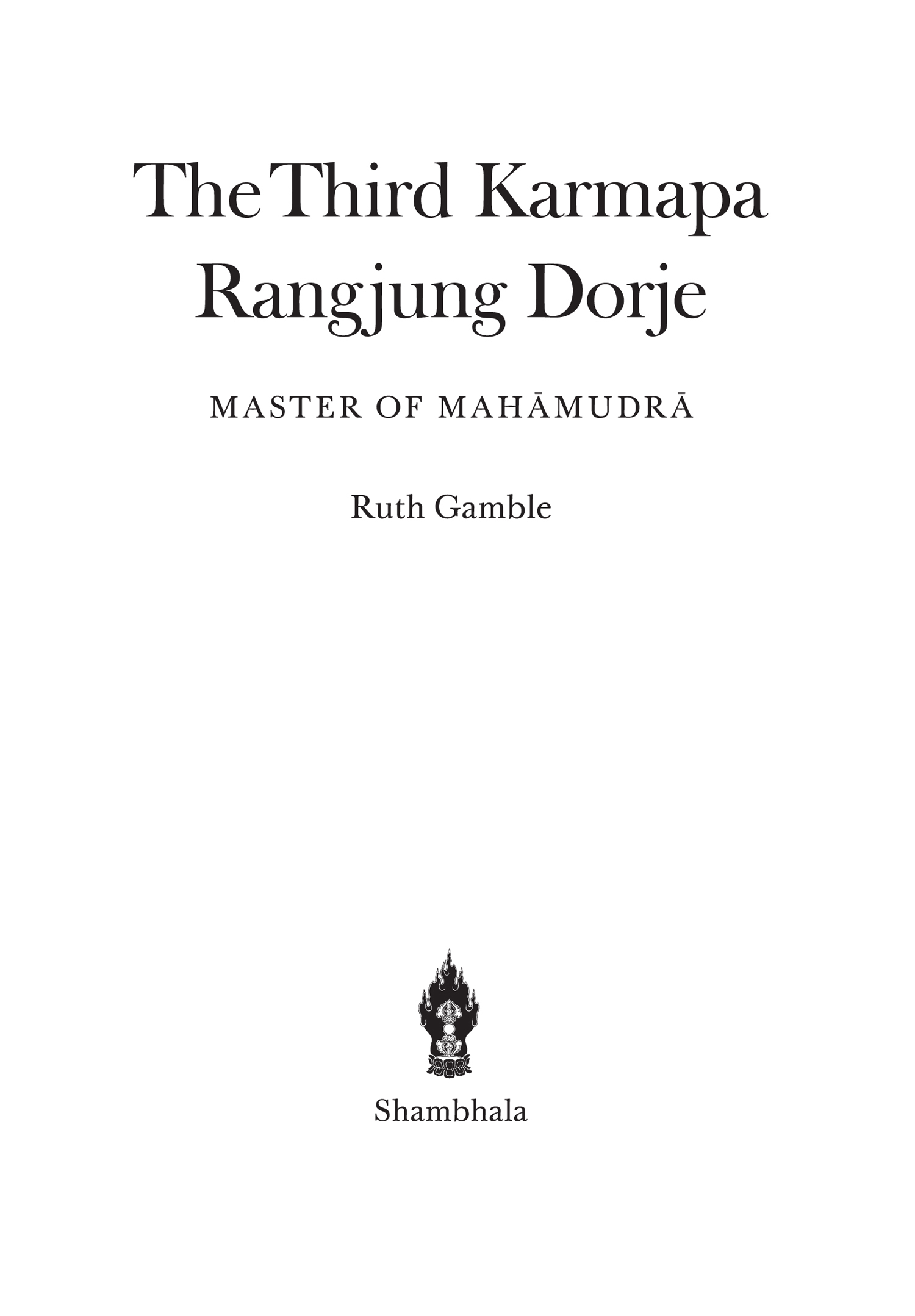
Shambhala Publications, Inc.
4720 Walnut Street
Boulder, Colorado 80301
www.shambhala.com
2020 by Ruth Gamble
FRONTISPIECE : Third Karmapa, Rangjung Dorje; Eastern Tibet;
19th century; Pigments on cloth; Rubin Museum of Art;
Gift of Shelley & Donald Rubin Foundation;
F 1996.3.1 ( HAR 407)
Cover art: Robert Fenwick May, Jr.
Cover design: Gopa & Ted2, Inc.
All rights reserved.
No part of this book may be reproduced in any form or by any means, electronic or mechanical, including photocopying, recording, or by any information storage and retrieval system, without permission in writing from the publisher.
Shambhala Publications is distributed worldwide by Penguin Random House, Inc., and its subsidiaries.
LIBRARY OF CONGRESS CATALOGING-IN-PUBLICATION DATA
Names: Gamble, Ruth, 1972 author. | Rang-byung-rdo-rje, Karma-pa III, 12841339.
Title: The Third Karmapa Rangjung Dorje: master of Mhamudr / Ruth Gamble.
Description: First edition. | Boulder: Shambhala, [2020] | Series: Lives of the masters | Includes bibliographical references and index.
Identifiers: LCCN 2019051721 | ISBN 9781611807080 (trade paperback)
eISBN 9780834843271
Subjects: LCSH : Rang-byung-rdo-rje, Karma-pa III, 12841339. | Kar-ma-pa lamasTibet RegionBiography.
Classification: LCC BQ 7950. R 367 G 36 2020 | DDC 294.3/923092 [ B ]dc23
LC record available at https://lccn.loc.gov/2019051721
a_prh_5.6.0_c0_r0
B UDDHIST TRADITIONS are heir to some of the most creative thinkers in world history. The Lives of the Masters series offers lively and reliable introductions to the lives, works, and legacies of key Buddhist teachers, philosophers, contemplatives, and writers. Each volume in the Lives series tells the story of an innovator who embodied the ideals of Buddhism, crafted a dynamic living tradition during his or her lifetime, and bequeathed a vibrant legacy of knowledge and practice to future generations.
Lives books rely on primary sources in the original languages to describe the extraordinary achievements of Buddhist thinkers and illuminate these achievements by vividly setting them within their historical contexts. Each volume offers a concise yet comprehensive summary of the masters life and an account of how they came to hold a central place in Buddhist traditions. Each contribution also contains a broad selection of the masters writings.
This series makes it possible for all readers to imagine Buddhist masters as deeply creative and inspired people whose work was animated by the rich complexity of their time and place and how these inspiring figures continue to engage our quest for knowledge and understanding today.
K URTIS S CHAEFFER , series editor
We collect felt cases for our texts,
But they dont make reading them more comfortable.
R ANGJUNG D ORJE , 1296, age 13
Khyung Dzong, Tsurpu
M Y RELATIONSHIP with Rangjung Dorjes stories and songs is now more than a decade old. I was first handed a copy of his Collected Works on a CD-ROM the year I started graduate school. At that stage, I was not as interested in his life as I was in his songs. I scanned the names of the texts on the disc, looking for one that included the word gur, the honorific Tibetan word for song, and I was excited to find several collections of them.
I had been fascinated by the songs of this genre since I was a teenager and read the life story of the Mahmudr yogi Milarepa. Milarepa was famous for his songs, and many of them had been woven into his life story. His songs combination of spiritual pursuit and irreverence, the balance they struck between discipline and play, struck an immediate chord with me. They dealt with the hard truths of death and loss and the suffering of life, but they were also funny and (importantly for a teenager growing up in a conservative society) they contained social criticism that was biting. The hard truths Milarepa spoke about life and death were much easier to face because of his humor, andin the story at leasthis satire made tyrannous religious and political patriarchs quake. Among my diverse cultural references, Milarepa hovered like a fast-quipping, awakened superhero. He could fly, his consorts were mountains, and he even had theme songs. After these encounters with Milarepa, I was always on the lookout for more yogi songs.
By the time I was handed the CD, I also knew something about the Karmapas. I had met the Seventeenth Karmapa, Orgyen Trinle, in Tibet when I was a teenager and he a child, and I remet him in India when he was a teenager and I was studying Tibetan. I had found him always curious, kind, and funny, but I was also disturbed by the restrictions he had to endure because of his religious and political position.
After meeting Orgyen Trinle, I had tried to read the sanitized, standardized forms of the Karmapas life stories, but I kept tuning out as I read them. Many have said that it was my karma not to connect with those stories. But it also had something to do with the way they were presented. My experiences and culture had bombarded me with text and taught me not to believe so easily. Later versions of the Karmapas life stories, it seems to me anyway, were written for an already-devoted audience who had limited access to the written word and merely wanted a narrative sketch to accompany their lineage prayers.
When I scanned the table of contents of Rangjung Dorjes Collected Works on the CD, I noted that there were also a few works called namthar, a term that usually refers to spiritual biographies. I was not expecting much from them. I thought they would be formulaic versions of his life, placed at the start of his Collected Works by its collator as a form of introductory homage.
My first surprise was that they were a series of autobiographies. My second surprise was the content of these autobiographies. Rather than the formulaic tales of a life I was expecting, they were often raw and revealing insights into an often difficult but fundamentally resilient life. Reading and translating his stories and songs was like opening a time capsule; it was always fascinating but not always comfortable.
In these works, Rangjung Dorje expressed enough self-doubt for me to relate to him. He was someone, like many of us, who was an outsider that had to work hard to achieve his goals and construct an identity for himself. He was someone who had to negotiate ethical dilemmas in difficult times and someone who had made a pact with peace. He came from a more desperate family than even Milarepa. Milarepas story is a story of lost wealth and prestige. Rangjung Dorje came from nothing and had nothing to lose. His early life was replete with stories about his father getting drunk and bragging about him in a town and about his mother walking hundreds of kilometers to find a place to stay soon after she gave birth to him.
Rangjung Dorjes story also provided fascinating insights into a very different world from mine, the world of a recognized reincarnate, whose sometime-discomfort, sometime-thriving relationship with his reincarnate status reminded me of not just the Seventeenth Karmapa but of many other people in similar situations. And then there were his visions. Rangjung Dorjes story and songs may have resonated with me, but they also transported me to a version of the world that was very foreign to me. His stories and songs mixed the common with the otherworldly.
Font size:
Interval:
Bookmark:
Similar books «The Third Karmapa Rangjung Dorje: Master of Mahamudra (Lives of the Masters)»
Look at similar books to The Third Karmapa Rangjung Dorje: Master of Mahamudra (Lives of the Masters). We have selected literature similar in name and meaning in the hope of providing readers with more options to find new, interesting, not yet read works.
Discussion, reviews of the book The Third Karmapa Rangjung Dorje: Master of Mahamudra (Lives of the Masters) and just readers' own opinions. Leave your comments, write what you think about the work, its meaning or the main characters. Specify what exactly you liked and what you didn't like, and why you think so.


